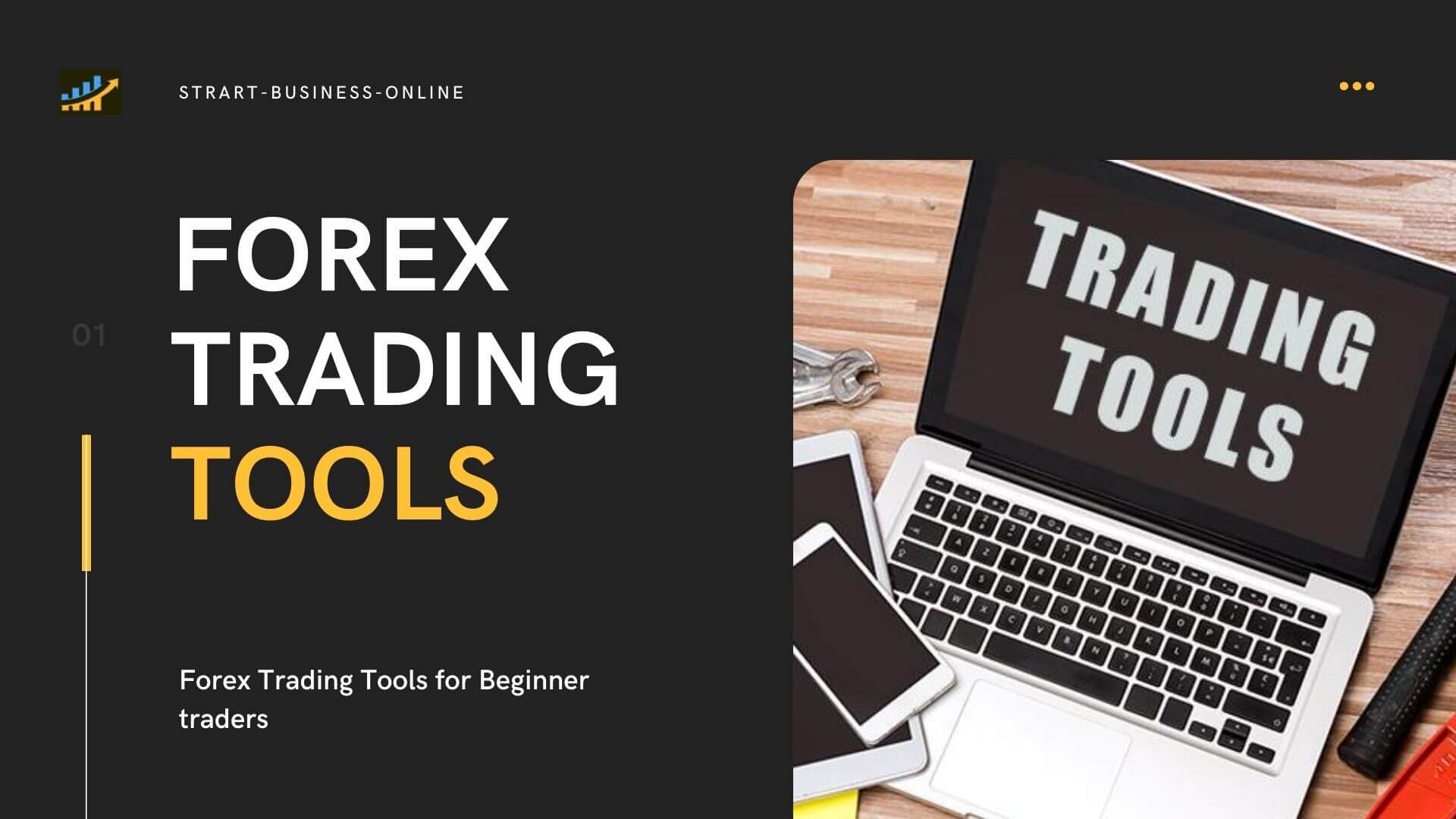
You may need to modify your bank account if you have trouble logging into your TreasuryDirect account. This can be done by obtaining your bank's routing numbers, which are nine-digit numbers. You can find this number in an email from TreasuryDirect. To use the services, you will need to log into your account once you have it.
Having trouble logging in to treasurydirect
There are a few things that you can do to help you log in to TreasuryDirect. First, ensure that your computer is registered for TreasuryDirect. If you are not registered, you will need an OTP to log in. Once you click "Submit", your account number will be entered. You will then receive an OTP (One-Time Passcode). Once you have entered it, you'll need to enter it in the appropriate area of the website.
Then, check your bank account details. In order to sign up for TreasuryDirect, customers typically provide their bank account information. They may need to submit additional documentation if these details change. This paperwork, known as the "Sign Garantied Seal," is used to protect identity fraud. You should always link your TreasuryDirect account to an account you plan to keep open for a long time.

Change your bank account
You can change the online features of your bank's current account by using the TreasuryDirect login. It offers many convenient features such as a variety languages and a paper-based form. To change your account, you can either choose your primary bank account or designate another one via email or phone. To change your account information, follow the steps below.
First, you will need to choose a password. You must choose a password that is unique. Don't forget to include your personal information. Once you have selected a password you will need three security questions.
Registering for an account
You can set up an account with TreasuryDirect in a few simple steps. First, you will need a password and security questions. It's important to keep your password unique. If you worry that someone may find your password, you can set a lock on it. This prevents other users of your account from performing certain transactions.
Next, you will need to select a password at least eight characters in length. Although you can mix numbers and letters, you should not use "#". special characters. Also, you'll want to choose something that is easy to remember. An image or caption could be used as a memory tool. You will also need to decide how much money you wish to spend per calendar.

Redeeming a savings bond
TreasuryDirect allows you to redeem your savings bonds online. However, there are several steps you should follow before you can do so. First, you need to register your bond, which is done on your bond. This will help you determine who will get the interest, and who can cash it. Also, by registering your savings bonds, you can ensure that the bond is paid out in the case of death. You can register your savings bond in one of three ways: over the counter at a financial institution or online.
It's simple. First, you need to make sure you have a valid account number. Log in to TreasuryDirect. You can also use your password and email address to verify your identity. This will ensure that your account is protected from identity theft.
FAQ
What is the distinction between marketable and not-marketable securities
Non-marketable securities are less liquid, have lower trading volumes and incur higher transaction costs. Marketable securities on the other side are traded on exchanges so they have greater liquidity as well as trading volume. Marketable securities also have better price discovery because they can trade at any time. This rule is not perfect. There are however many exceptions. For example, some mutual funds are only open to institutional investors and therefore do not trade on public markets.
Non-marketable securities tend to be riskier than marketable ones. They have lower yields and need higher initial capital deposits. Marketable securities are typically safer and easier to handle than nonmarketable ones.
A bond issued by large corporations has a higher likelihood of being repaid than one issued by small businesses. The reason is that the former is likely to have a strong balance sheet while the latter may not.
Marketable securities are preferred by investment companies because they offer higher portfolio returns.
Why is marketable security important?
An investment company's primary purpose is to earn income from investments. It does this by investing its assets in various types of financial instruments such as stocks, bonds, and other securities. These securities are attractive because they have certain attributes that make them appealing to investors. They are considered safe because they are backed 100% by the issuer's faith and credit, they pay dividends or interest, offer growth potential, or they have tax advantages.
The most important characteristic of any security is whether it is considered to be "marketable." This is the ease at which the security can traded on the stock trade. Securities that are not marketable cannot be bought and sold freely but must be acquired through a broker who charges a commission for doing so.
Marketable securities are government and corporate bonds, preferred stock, common stocks and convertible debentures.
Investment companies invest in these securities because they believe they will generate higher profits than if they invested in more risky securities like equities (shares).
What is the difference of a broker versus a financial adviser?
Brokers are people who specialize in helping individuals and businesses buy and sell stocks and other forms of securities. They take care all of the paperwork.
Financial advisors can help you make informed decisions about your personal finances. They use their expertise to help clients plan for retirement, prepare for emergencies, and achieve financial goals.
Banks, insurance companies and other institutions may employ financial advisors. They can also be independent, working as fee-only professionals.
You should take classes in marketing, finance, and accounting if you are interested in a career in financial services. Additionally, you will need to be familiar with the different types and investment options available.
Statistics
- The S&P 500 has grown about 10.5% per year since its establishment in the 1920s. (investopedia.com)
- Our focus on Main Street investors reflects the fact that American households own $38 trillion worth of equities, more than 59 percent of the U.S. equity market either directly or indirectly through mutual funds, retirement accounts, and other investments. (sec.gov)
- For instance, an individual or entity that owns 100,000 shares of a company with one million outstanding shares would have a 10% ownership stake. (investopedia.com)
- Ratchet down that 10% if you don't yet have a healthy emergency fund and 10% to 15% of your income funneled into a retirement savings account. (nerdwallet.com)
External Links
How To
How to make a trading program
A trading plan helps you manage your money effectively. It helps you understand your financial situation and goals.
Before you start a trading strategy, think about what you are trying to accomplish. You may want to make more money, earn more interest, or save money. You might consider investing in bonds or shares if you are saving money. You could save some interest or purchase a home if you are earning it. Perhaps you would like to travel or buy something nicer if you have less money.
Once you decide what you want to do, you'll need a starting point. This will depend on where you live and if you have any loans or debts. Consider how much income you have each month or week. Your income is the net amount of money you make after paying taxes.
Next, you will need to have enough money saved to pay for your expenses. These include bills, rent, food, travel costs, and anything else you need to pay. Your total monthly expenses will include all of these.
Finally, figure out what amount you have left over at month's end. This is your net discretionary income.
Now you've got everything you need to work out how to use your money most efficiently.
You can download one from the internet to get started with a basic trading plan. You can also ask an expert in investing to help you build one.
Here's an example: This simple spreadsheet can be opened in Microsoft Excel.
This is a summary of all your income so far. This includes your current bank balance, as well an investment portfolio.
Here's an additional example. A financial planner has designed this one.
It will let you know how to calculate how much risk to take.
Don't attempt to predict the past. Instead, be focused on today's money management.